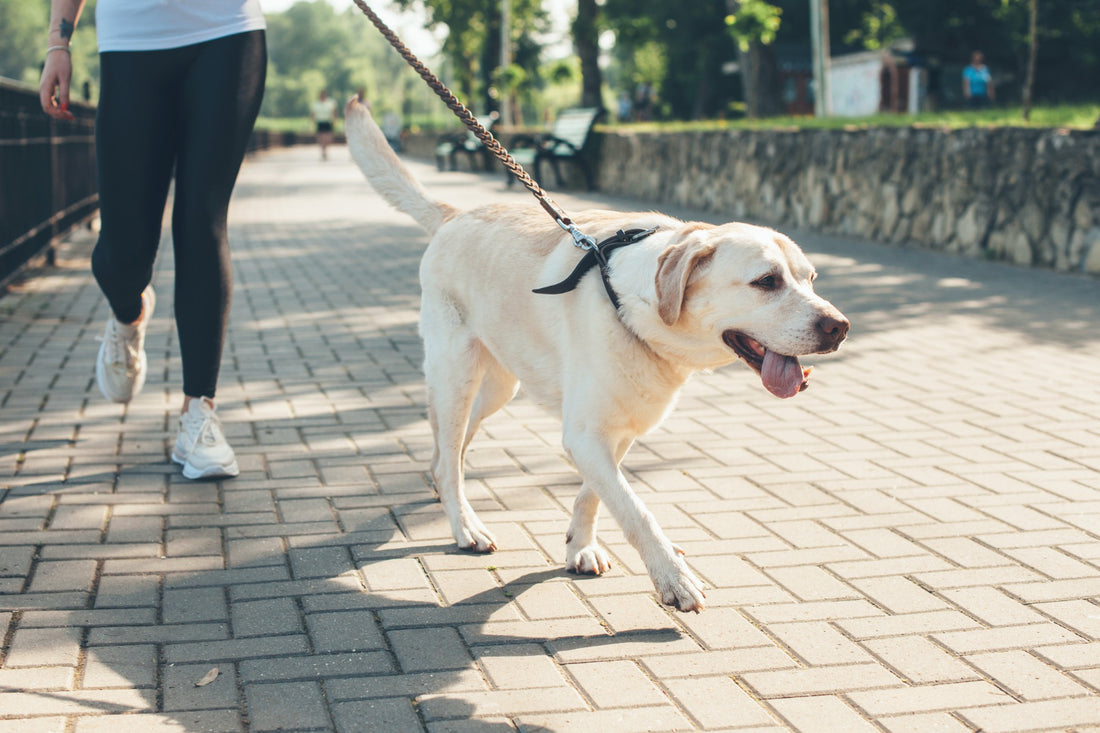Introduction
Have you ever seen a dog walker and thought, "Wow! I'd love to be that confident on a walk!" Well, my friend. You can be. Here are five tips for mastering the dog walk:
Start With a Sniff-Fest.
The sniff-fest is a classic way to start your walk. When you begin your journey, let your dog wander around, exploring the environment and finding things that interest them. This will help you know what to expect on future walks and will keep them focused on where they are going without causing too much distraction for the other dogs around you.
Take It Slow.
The first step to mastering the dog walk is taking it slow. Don’t rush through your day with your dog. Don’t let them pull you, or get ahead of you, or behind you. Just take your time as a team and enjoy each other's company as much as possible. When you do get home from work or wherever else you're going with your pup (maybe just around the block), give them plenty of praise along the way—whether they're excited or calm doesn't matter!
Lead the Walk to be in Better Control.
A leash can be a great tool for teaching your dog to walk on its own. Unlike retractable leashes, which are not recommended for training purposes, standard leashes are the best tool for keeping your dog in check. A six-foot leash is ideal for most dogs and can be easily found at most pet stores or online retailers.
If you don't already know how to use a leash, find someone who does! Leash training is important because it helps establish boundaries between you and your dog as well as improves safety by allowing you better control over them. If this isn’t something you’re interested in learning or don't have the time, then consider hiring an expert trainer or simply sticking with short walks until they get comfortable with being outdoors on their own.
Offer Rewards Along the Way.
As a dog walker, one of the most important things you can do is to reward your dog for good behavior. The key to this is understanding how to reward your dog and when to do it. You can use food, toys, or praise as rewards (or any combination thereof). In fact, it’s best not to mix up the types of rewards you offer too much – if he gets used to getting his favorite treat every time he sits down in front of you when on a walk, it may become less effective later on.
When rewarding your dog during walks:
- Be timely with rewards! Don’t wait until after they have already done something right before giving them their reward; this will take away some of the incentive for them because they know that once they perform that action again in order for another reward. Instead make sure that every good behavior has its own separate reward – even if it’s just petting them for five seconds or saying “Good boy/girl!” They will quickly learn what actions lead toward satisfying results from their efforts which will further reinforce correct behaviors in the future (and keep them from getting bored by repeating things over and over again).
- Keep their attention during walks! If someone were trying hard at work but kept getting distracted by people coming into the room talking about other things around him/her—they probably wouldn't get much accomplished at all would they? Well neither does your pup when there are distractions along his path while out walking with YOU!"
Be Confident.
The dog walk is not only a great way for you and your dog to exercise, it's also an opportunity for you to teach each other. The most important thing to remember is that your dog will always look up to you as its leader. If you're feeling nervous or unsure of yourself, it's likely that your dog will feel the same way! That's why it's so important that we remain confident both in ourselves and in our dogs' abilities during these walks.
So how can we make sure we remain confident throughout our walks? Here are five ways:
- Be confident in your own position as leader—whether it's leading them away from danger or just keeping them on the path while they sniff around at something interesting on the side of the road;
- Be confident in their ability—when stopping at crosswalks, watching traffic carefully before crossing streets;
- Be confident in their love for YOU (not food)—don't let treats be used as bribes for good behavior; instead use praise and affection whenever possible; plus there are plenty of healthy treats available too!
Being confident on a walk will make your dog confident as well.
When you're walking your dog, it's important to remain confident. If you're a nervous wreck, your dog is going to pick up on this and become nervous as well. Dogs are more likely to be relaxed and confident when they see their owner being relaxed and confident!
It's also important not to get discouraged if your dog doesn't always do what you want them to do. In fact, it's better if he doesn't listen the first few times because then he'll learn that it pays off for him (and for you) when he does what you say!
Conclusion
And there you have it! 5 tips for mastering the dog walk. Hopefully, this will give you some inspiration to take your walks to the next level and enjoy the time with your pup even more. We'd love to hear about your experiences so feel free to drop us a line in the comments section below!

